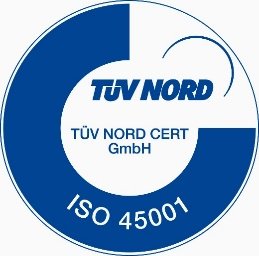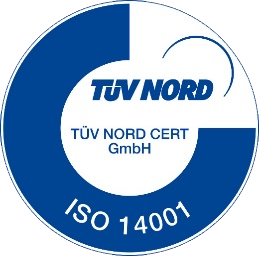Automated process
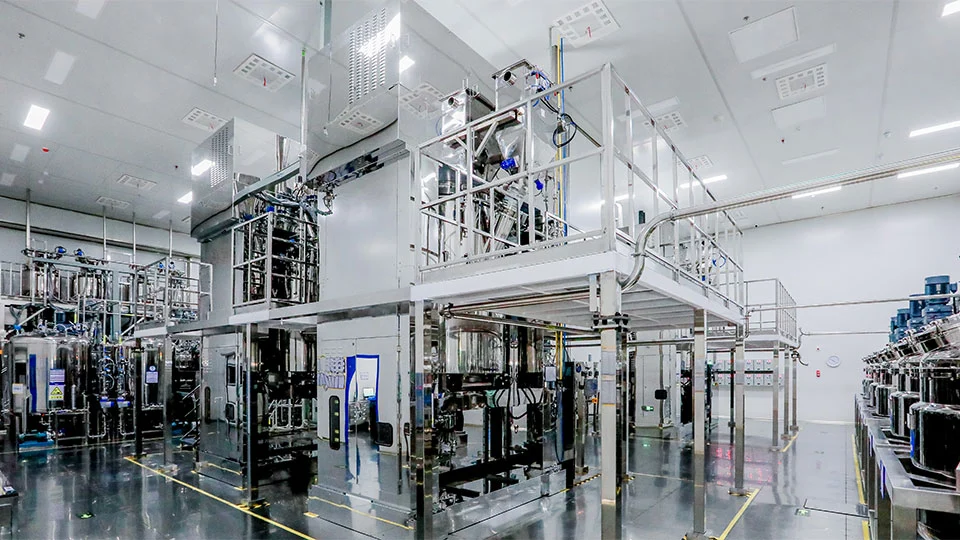
Mixing
Positive and negative electrode powders (Active materials, conductivity and binders) are added to the solvent and stirred evenly to form a homogeneous slurry.
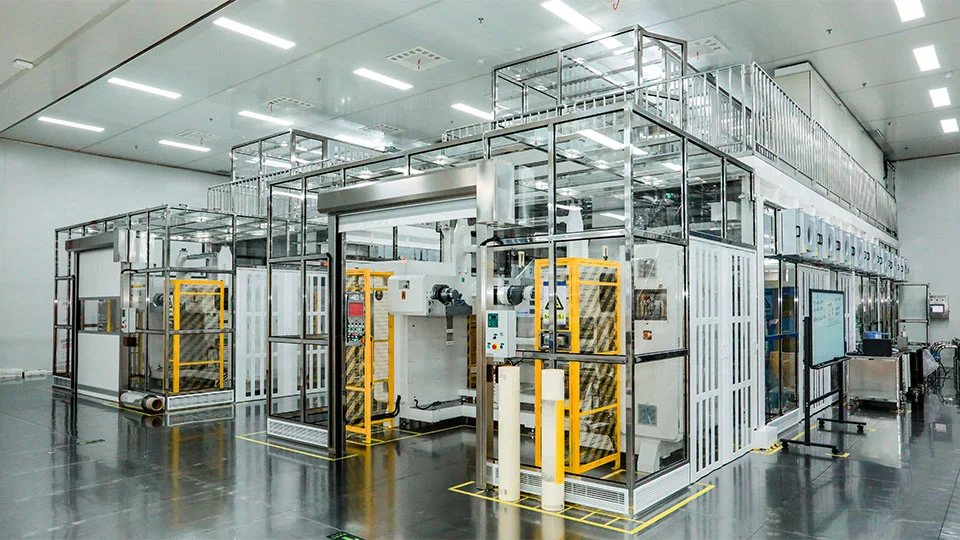
Coating
The slurry is evenly coated onto the metal foil (positive electrode – aluminum foil, negative electrode – copper foil) and dried to form positive and negative electrode plates respectively.
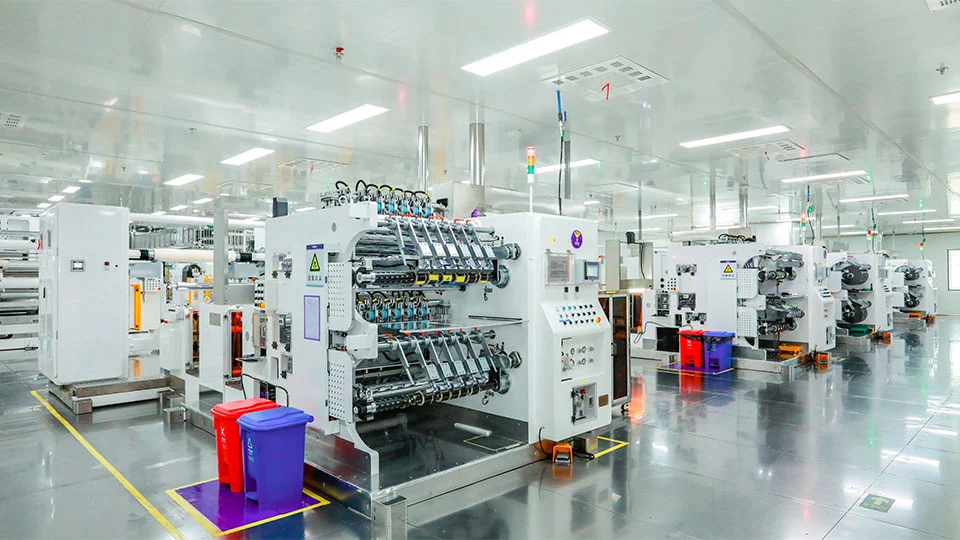
Slitting
The wide entire roll of electrode .plates is continuously longitudinally slit into several narrow strips of the required width.
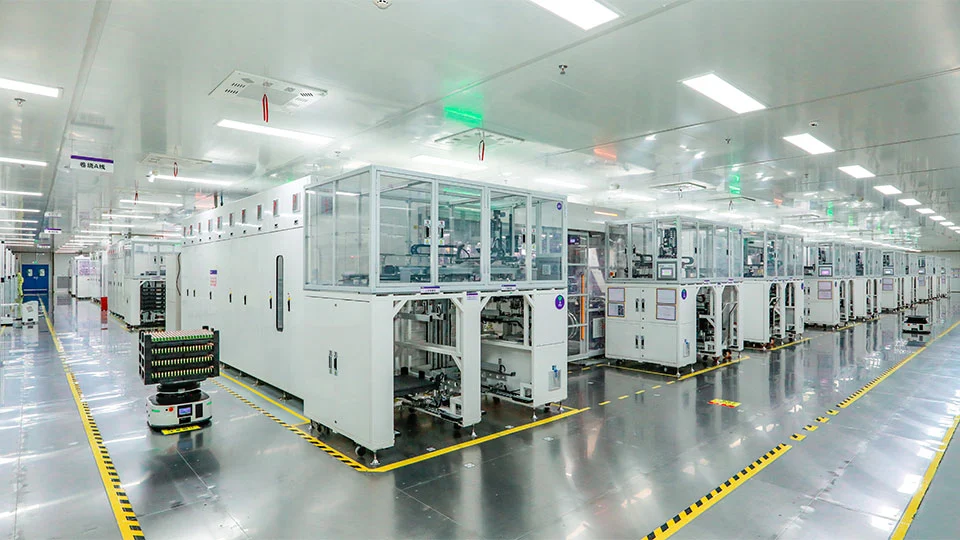
Winding
Weld the Tab-lead onto positive and negative electrode, take some appropriate insulation measures, and then wind them together with the separator to form a bare cell.
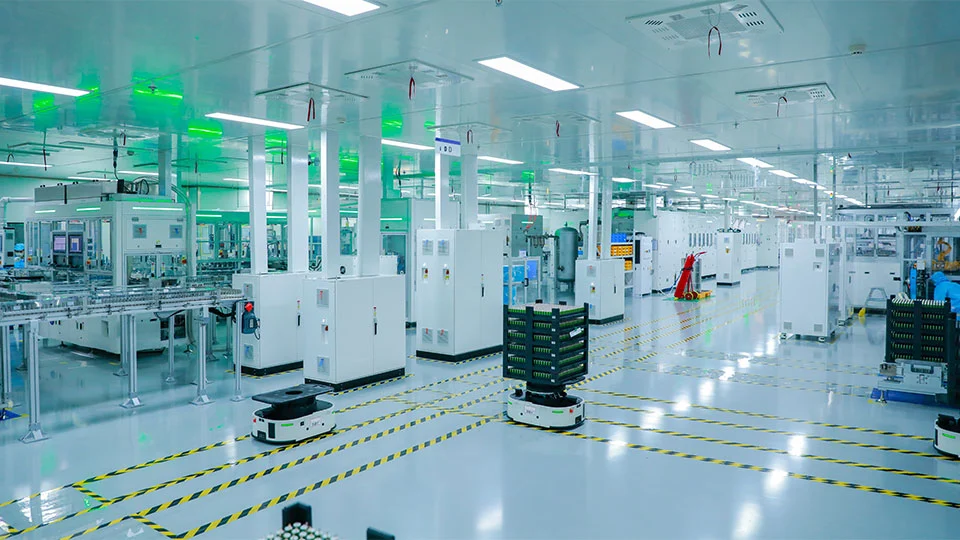
Assembly
Assemble the bare cell with other components, such as steel can, Insulating gasket and cap to construct the main cell structure.
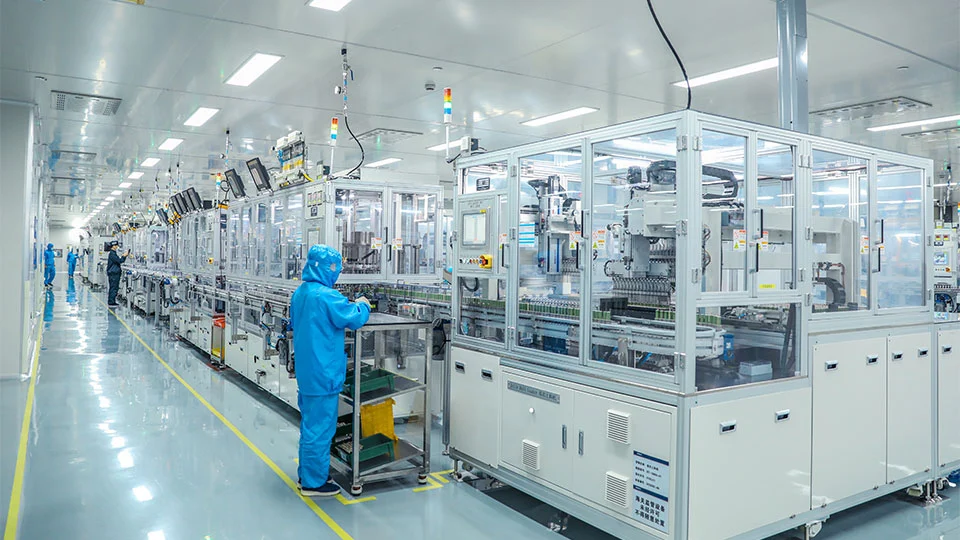
Injection
A quantitative amount of electrolyte is injected into the can and sealed, and then an unactivated cell is obtained.
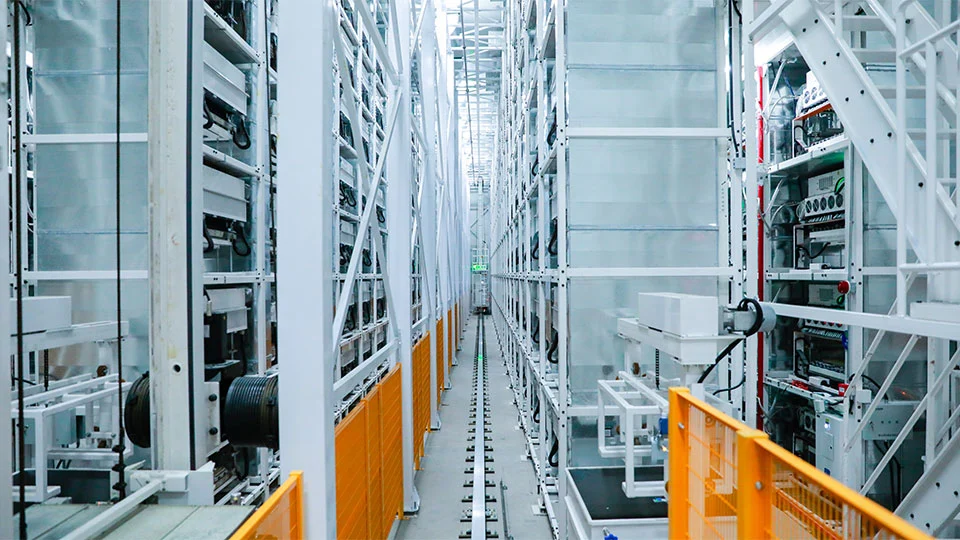
Formation
The first charge and discharge is carried out to activate the chemicals inside the cell and then a charged cell is obtained.
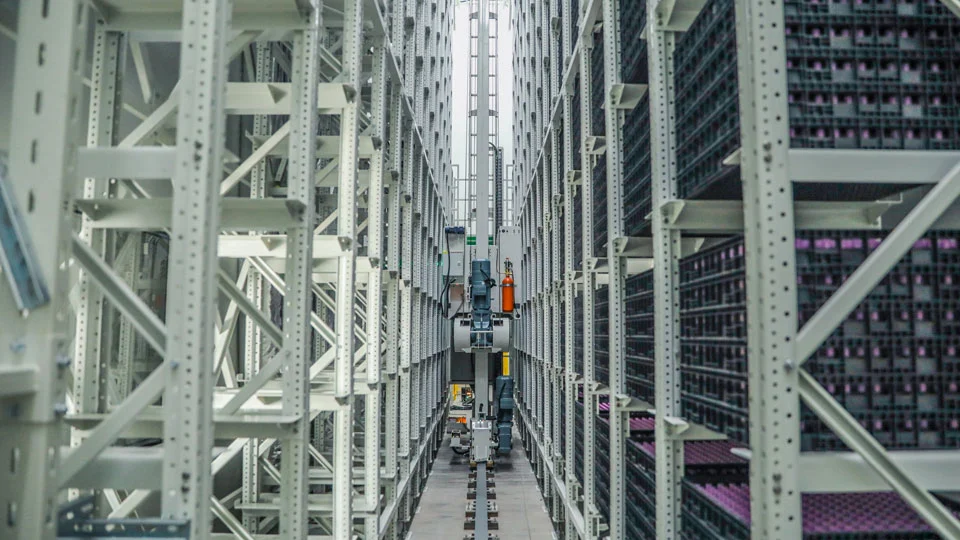
Aging
The cell is placed at high temperature and room temperature for several days to make the internal chemical reaction more stable.
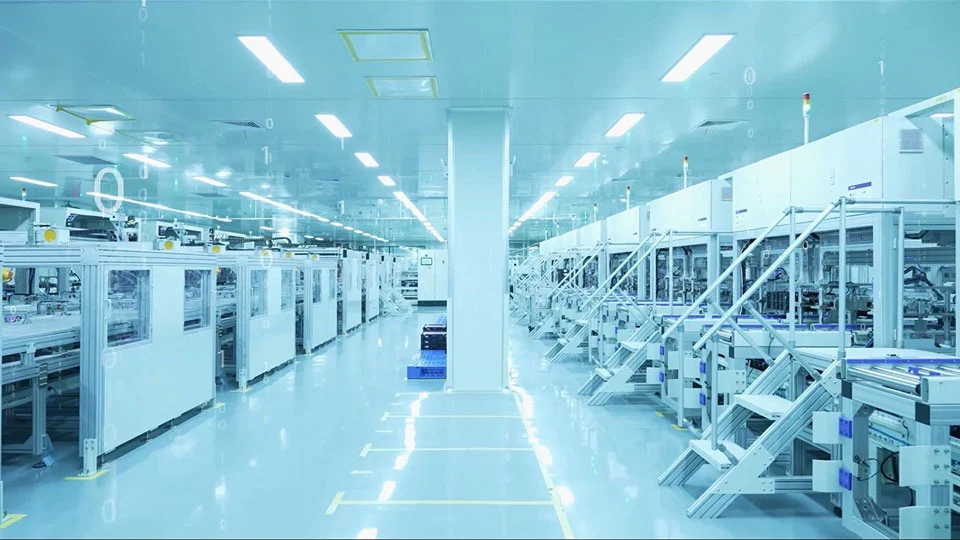
Grouping
The capacity, voltage and internal resistance of the cell are classified and grouped to guarantee a high degree of consistency among the cells in the same group
Factory certification


